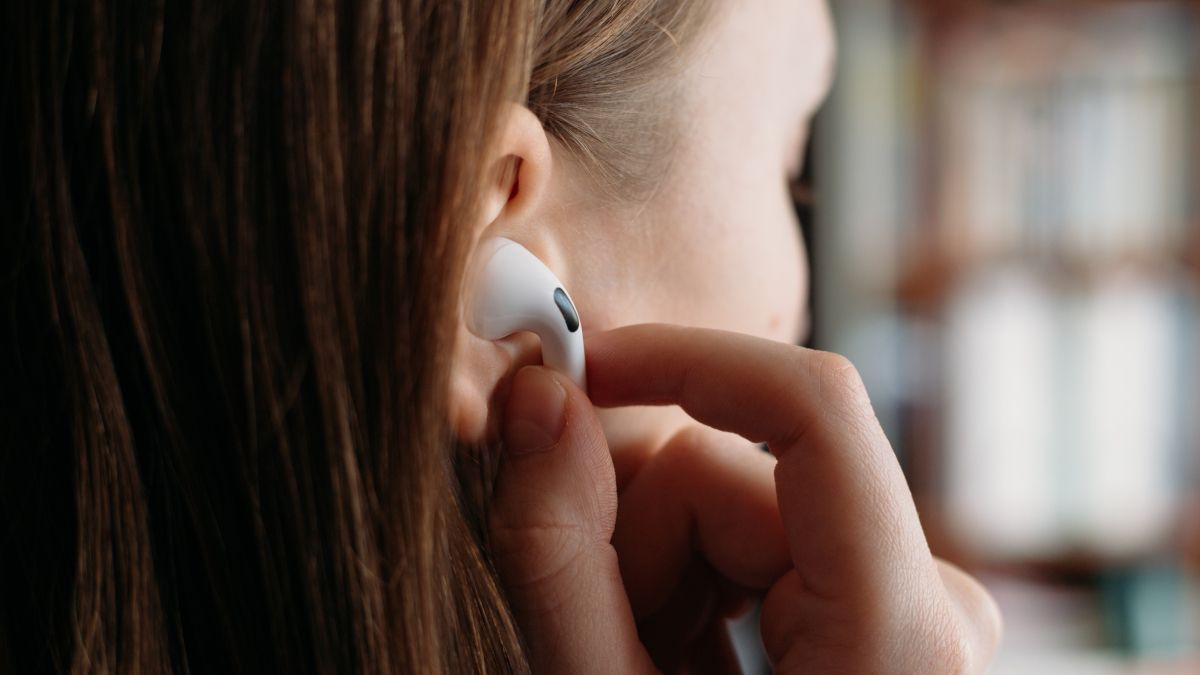Units of measurement can be tricky, especially when it comes to things we can't see or feel. You've probably heard the volume of sounds described in decibels before, but what does that really mean? Let's take a look.
What Do Decibels Measure?
Sound is more complex than you might initially think, which is why we have so many ways to measure and describe it. When it comes down to the basics, there are two important aspects that describe sound: the frequency of a given sound, and the amplitude.
The frequency is what we think of as the pitch of a sound. This is expressed in Hertz (Hz). Humans generally hear sounds within a range from 20 Hz on the low side to 20,000 Hz on the high side.
Amplitude is what we think of as the volume of a given sound, and this is expressed in decibels (dB). The frequency and amplitude of a sound are completely separate, though they both affect when a sound seems uncomfortably loud.
One critical thing to keep in mind with decibels is that they increase exponentially, not linearly. This means that a 10 dB increase in volume is actually 10 times louder, while a 20 dB increase is 100 times louder.
Different people hear differently, which is why you'll also hear about loudness when discussing sound. Loudness is perceived volume, not absolute volume. Decibels, on the other hand, are an absolute measurement of sound pressure levels, so there is no subjectivity.
Decibel Levels of Common Sounds
Because decibels increase exponentially, we only need a scale of less than 200 dB to describe any sound you can think of. Sounds below 10 dB are difficult for some and impossible for others to hear, while anything over 110 dB is uncomfortably loud for nearly anyone.
If you're in a quiet room, listen to the sound of your breathing. That is roughly 10 decibels. Anything quieter than this will be difficult to hear unless you're right next to it. Typical conversation is around 50 dB. A TV or Bluetooth speaker turned up to the point where most people will find it too loud is around 70 dB.
Anything beyond that is going to start to get irritating. Heavy highway traffic will range from 80 to 90 dB, while a motorcycle speeding by will typically be around 100 decibels. Most concerts will subject you to around 110 decibels, but they can get louder than that, depending on the artist and style of music.
Beyond this is where things start to get painfully loud. Most sirens produce around 120 dB, while a jet engine is around 140 dB. Anything louder than this, like close-range gunfire, tops the scale at around 160 dB.
How Loud Is Too Loud?
Assuming you don't have any hearing damage, the easiest way to tell if a sound is loud enough to damage your ears is if it feels uncomfortable to you. Prolonged exposure to any sounds louder than 85 dB can damage your ears over time. This is why we recommend volume-limiting headphones for kids.
That said, it seems that not all sounds are created equal, at least as far as your ears are concerned. Susan Rogers, a former recording engineer and current audio academic, says in an article from Red Bull Music Academy that sounds we like don't damage our hearing as much as unpleasant sounds do.
This is from early research, but essentially, your ears will have an easier time recovering from a loud concert from an artist you love than a nearby jackhammer. Rogers likens it to being sore from playing a sport you love compared to being sore from falling down the stairs.
That said, certain sounds are going to damage your hearing no matter what, especially when you get over 100 dB. If you're concerned about preserving your hearing, be sure to read our article on exactly how loud is too loud.


